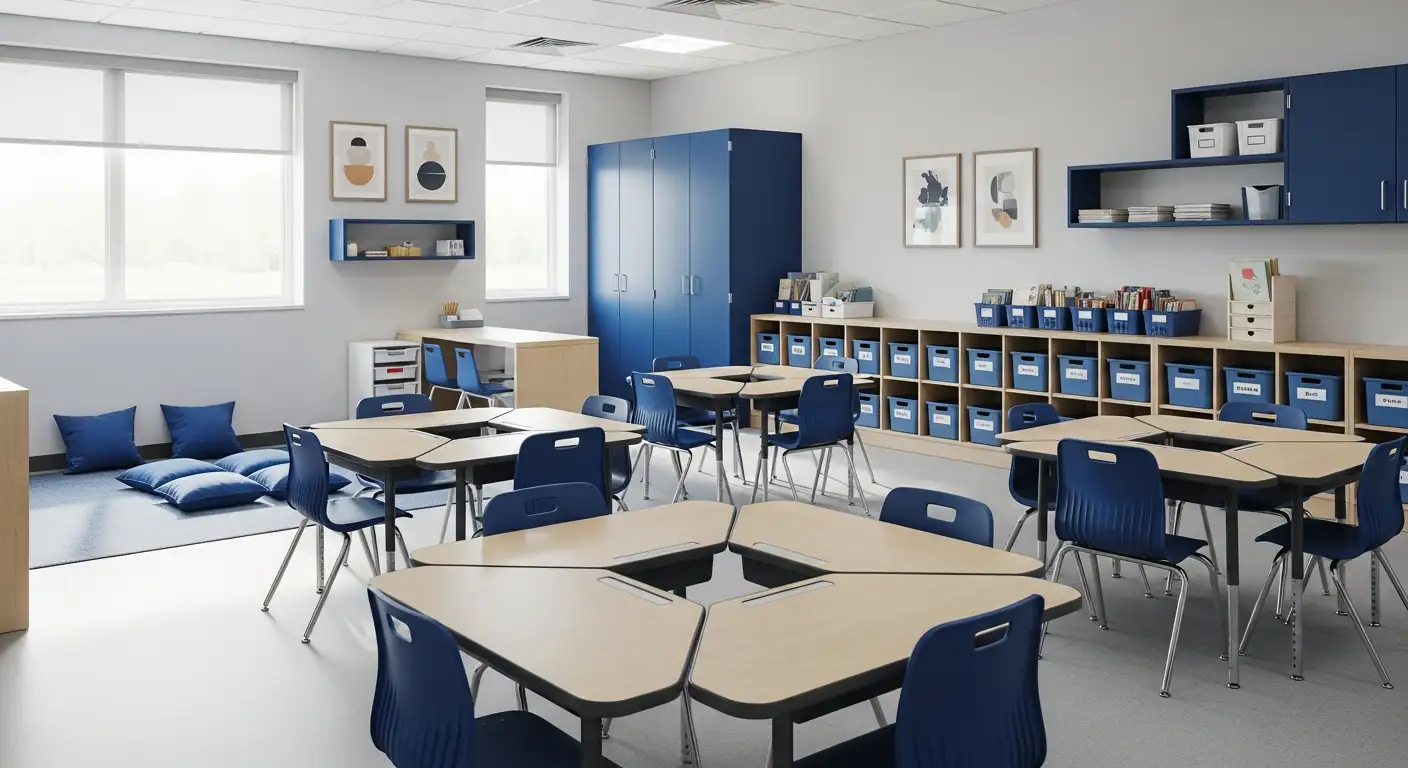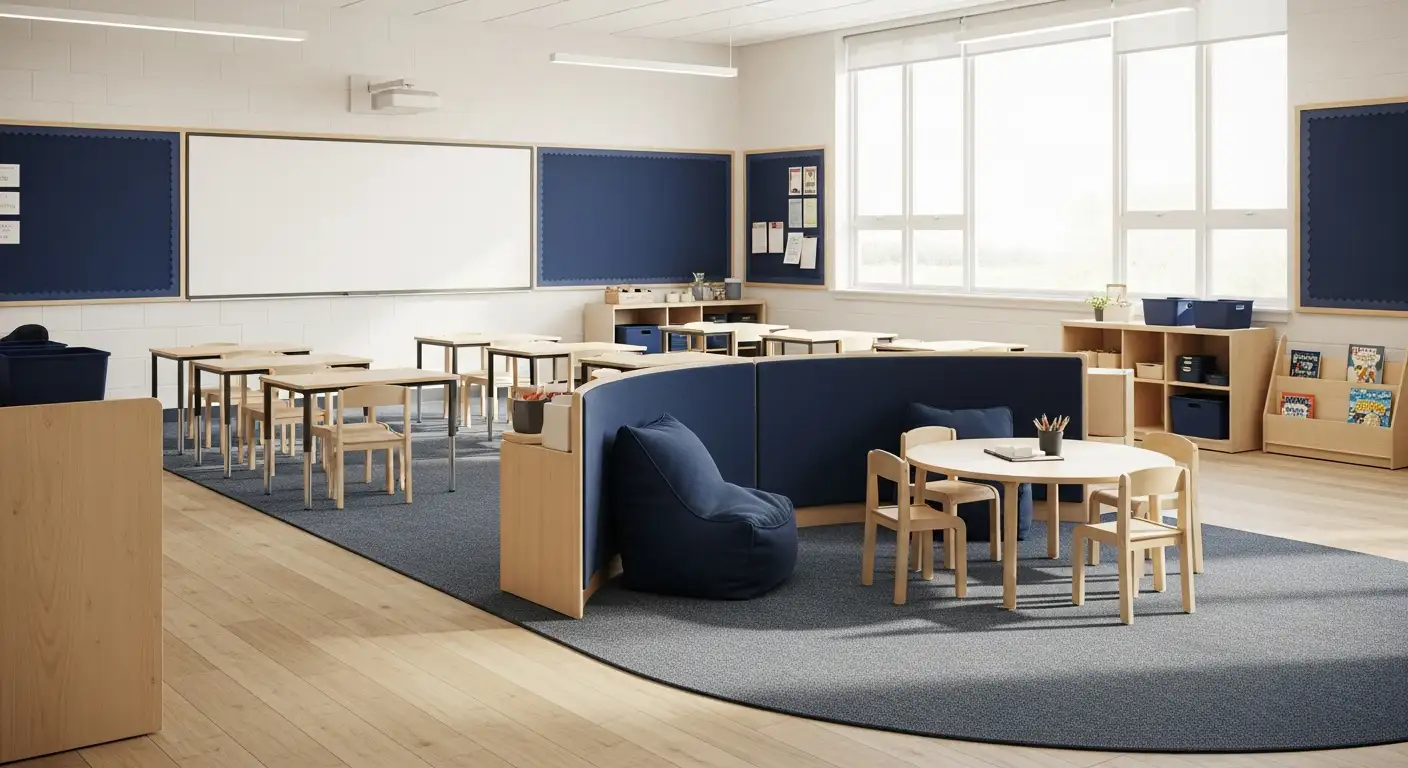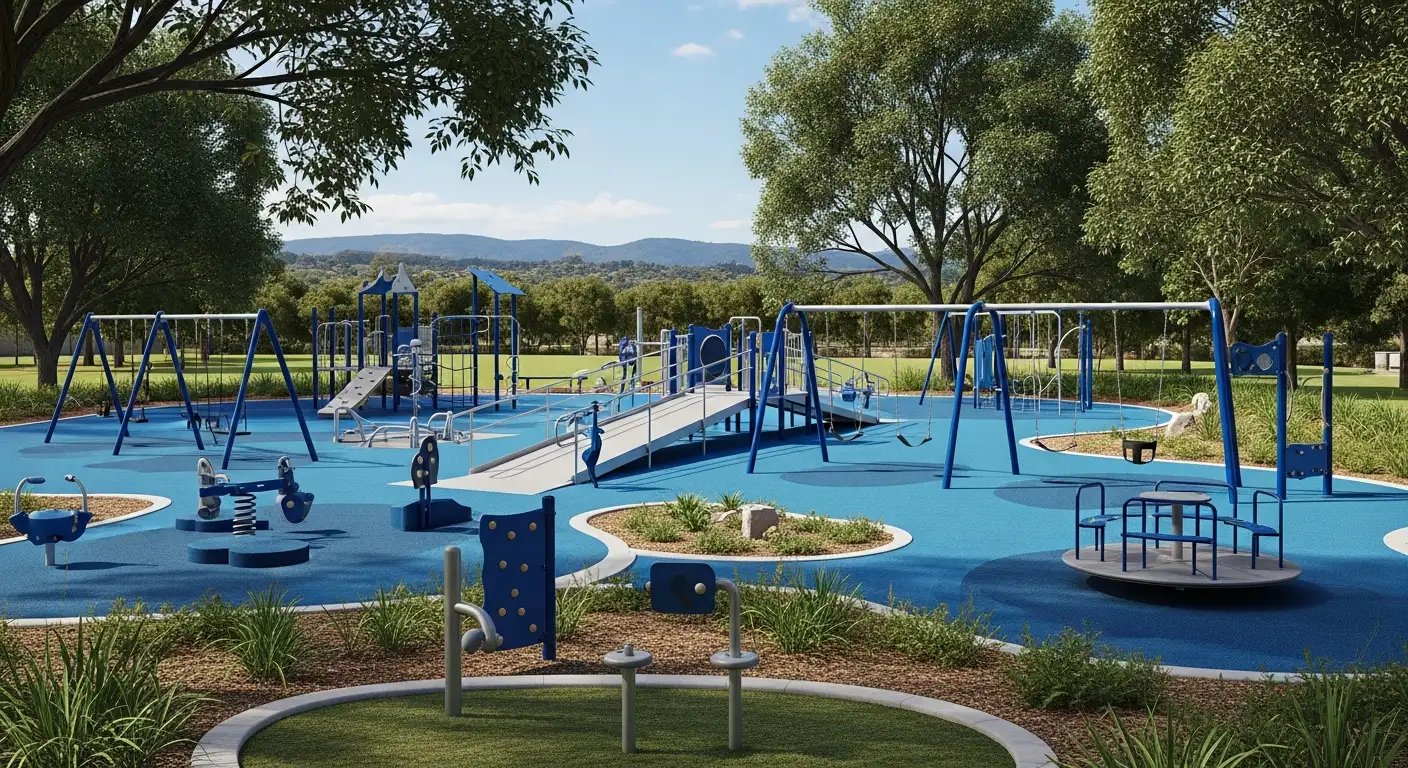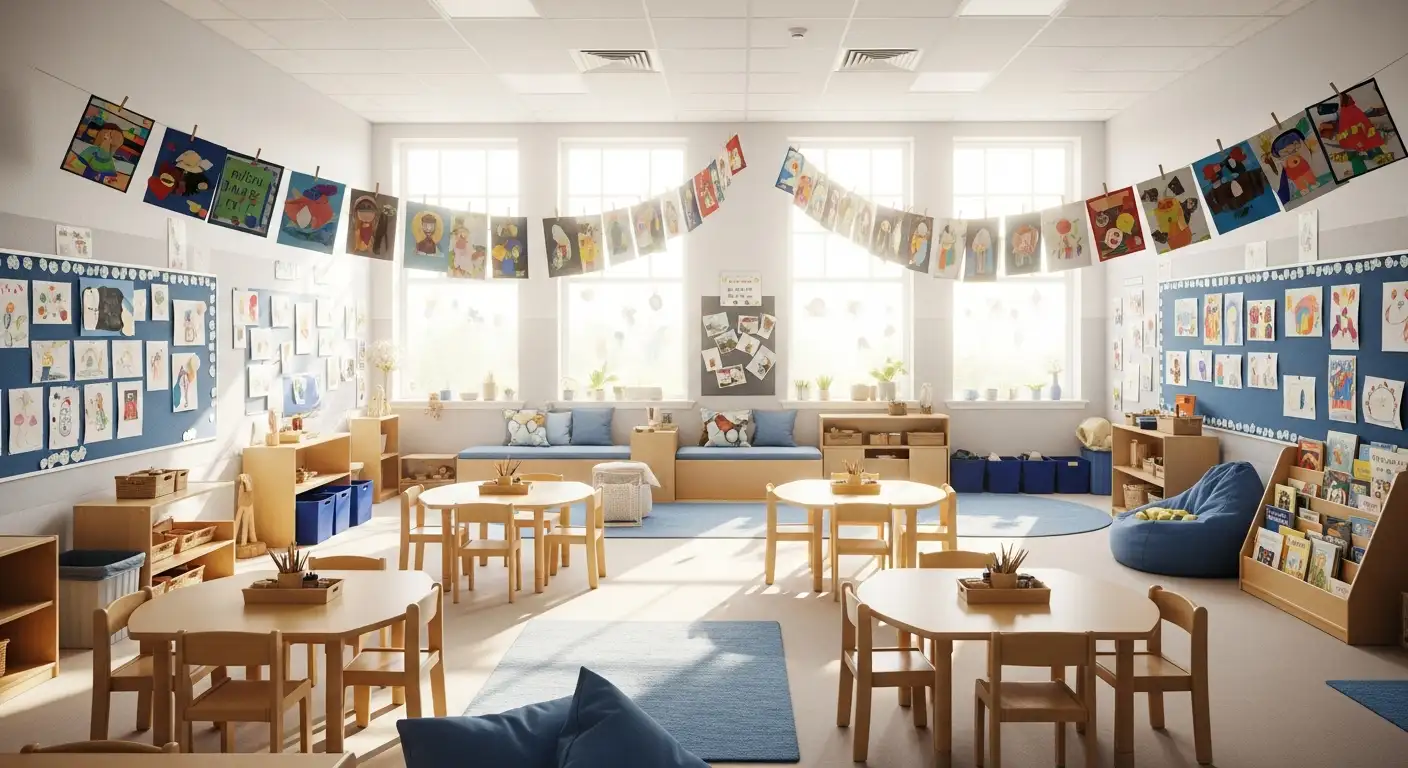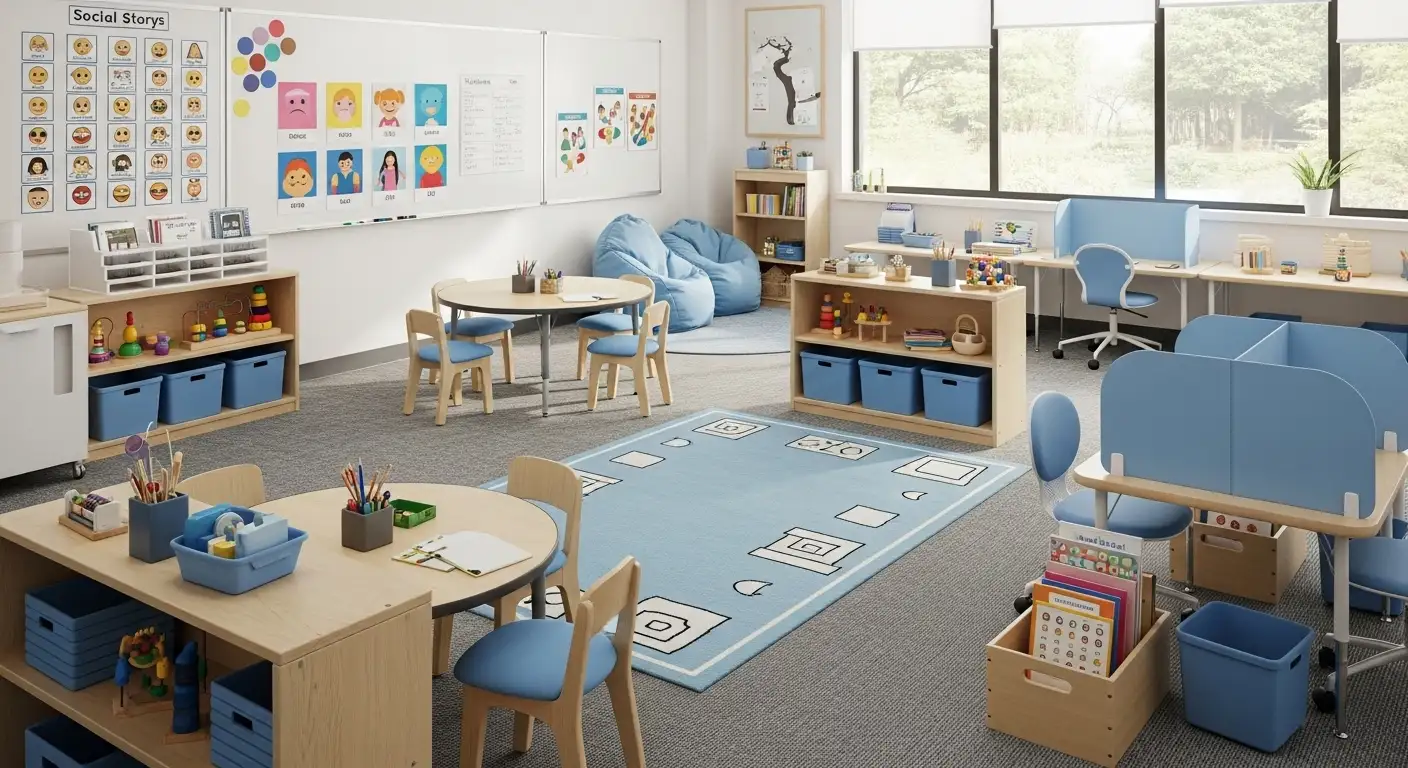Teaching Safety Skills to Children with Autism
Empowering Safety and Independence in Children with Autism

Understanding the Importance of Safety Skills for Children on the Spectrum
Children with autism face unique safety challenges that can significantly impact their well-being and independence. Teaching safety skills is an essential component of comprehensive autism education, aiding children in recognizing hazards, responding to emergencies, and navigating various environments confidently. This article explores effective strategies, key safety concepts, resources, and precautions for caregivers, educators, and professionals committed to fostering safety awareness in children with autism across their lifespan.
The Benefits of Teaching Safety Skills to Children with Autism
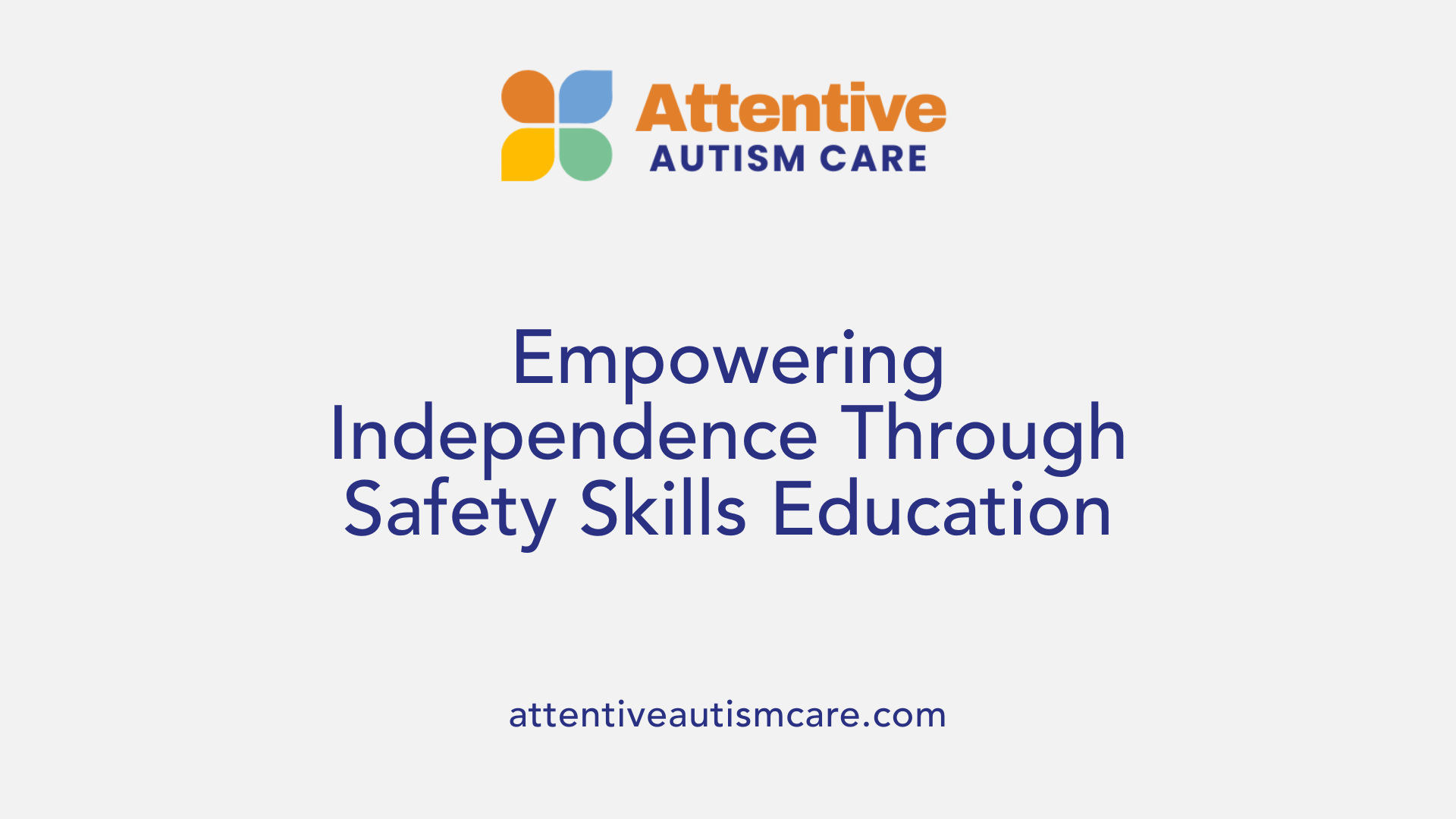
How do teaching safety skills benefit children with autism?
Teaching safety skills equips children with autism with vital abilities to recognize hazards, react properly in emergencies, and avoid dangerous situations such as wandering, drowning, or encounters with strangers. These skills are fundamental for reducing the risk of injuries and exploitation.
Children often struggle with understanding safety rules due to limited awareness of their surroundings. By learning to identify safe people like police officers, firefighters, and security guards, they can seek help when needed. Skills such as crossing streets safely, responding to emergencies, and recognizing household hazards help them navigate daily environments confidently.
Training should be tailored to each child's developmental level and functioning capacity. For example, children with limited communication skills may benefit from visual supports or social stories alongside role-playing. Behavioral Skills Training (BST), which includes instructions, modeling, rehearsal, and feedback, is considered highly effective for teaching these skills.
In situ training (IST), where practices happen in real-world settings, further enhances generalization. Repeated assessments and data collection help determine mastery and identify when additional reinforcement is necessary. Including safety goals in individualized plans like IEPs ensures consistency across school, home, and community activities.
Involving parents and caregivers in safety planning fosters relevance and reinforces learning. Teaching children to seek help, recognize dangerous situations, and respond appropriately builds their independence and confidence. Over time, these skills contribute to an overall sense of safety, helping children manage risks and navigate their environment more autonomously.
Ultimately, instilling comprehensive safety skills not only protects children from immediate dangers but also promotes lifelong independence, self-protection, and resilience against hazards they might encounter at home, school, or in the community.
Precautions and Considerations When Teaching Safety to Children with Autism
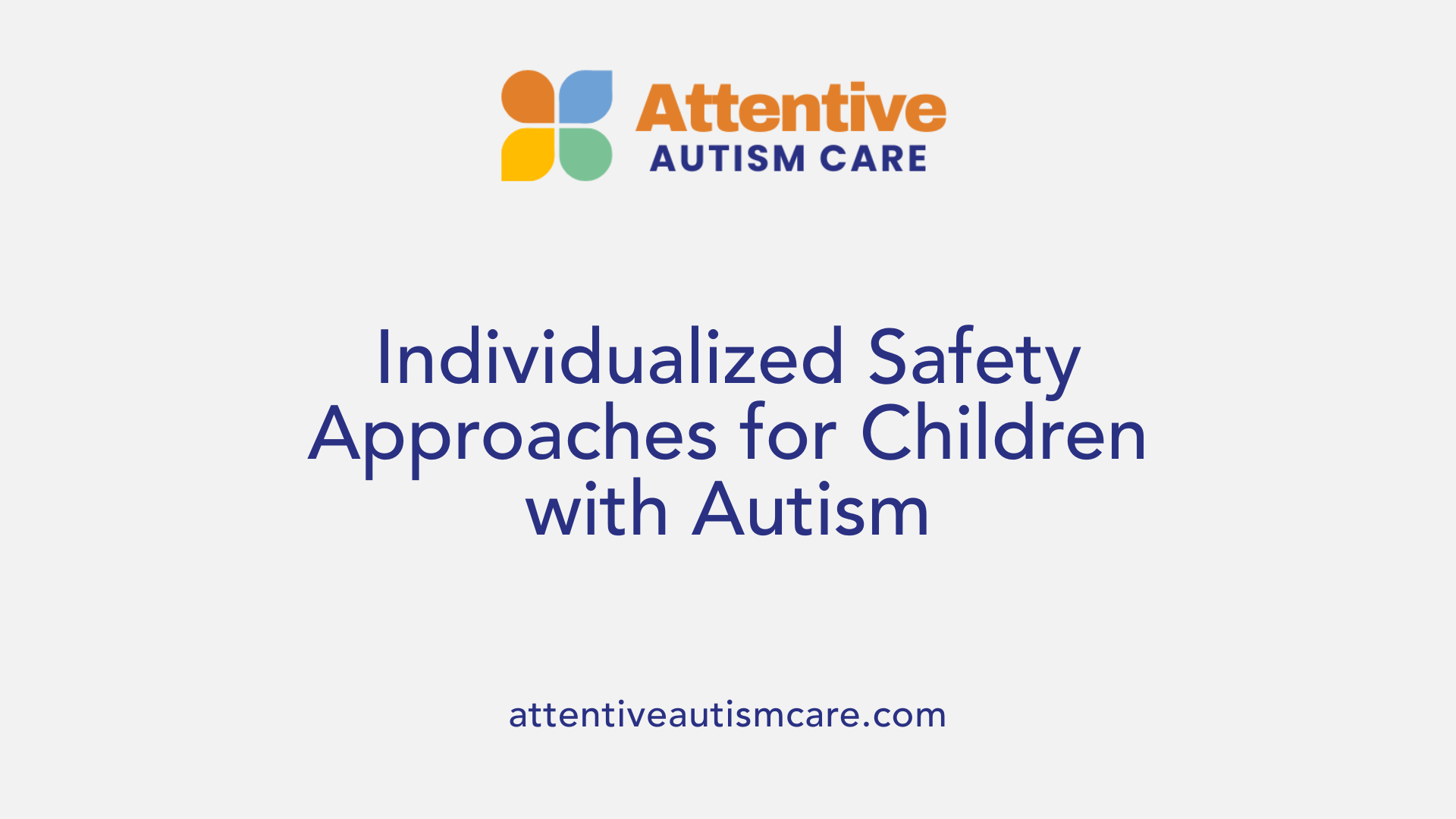
Why is an individualized approach important when teaching safety to children with autism?
Children with autism have diverse needs, abilities, and developmental levels. Tailoring safety instruction to each child's specific age, cognitive ability, language skills, and interests ensures that teaching methods are effective and relevant. For example, a child with limited language may benefit from visual supports and social stories, while a more verbal child might learn through role-playing. Personalization helps in fostering understanding and retention of safety skills.
What role do visual supports and social stories play?
Visual supports and social stories are effective tools for teaching safety because they provide clear, concrete information that children can understand easily. Visual aids such as picture schedules, cue cards, and safety charts help children recognize dangers and appropriate responses. Social stories depict real-life safety scenarios, guiding children through expected behaviors and reactions, which is particularly helpful for children with limited safety awareness.
Why are consistent practice with BST and IST vital?
Behavioral Skills Training (BST) and In Situ Training (IST) are evidence-based methods that involve instruction, modeling, rehearsal, and feedback. Consistent practice ensures that safety skills become familiar and automatic for children. Repeating these strategies across different settings and routines helps with generalization. IST brings training into natural environments, reinforcing skills in real-life situations and addressing potential challenges that arise outside structured sessions.
How important is regular assessment and data collection?
Ongoing assessment and systematic data collection are crucial for tracking a child's progress. By observing how children respond in natural settings, caregivers and educators can determine whether safety skills are being mastered and maintained. Data helps decide if additional training, booster sessions, or environmental modifications are needed. Regular assessments also help identify areas that require more focus, such as wandering prevention or emergency response.
What environmental modifications and supervision strategies enhance safety?
Ensuring a safe environment involves physical modifications like installing safety locks, door alarms, and removing hazards. Supervision strategies include close monitoring during outdoor activities and using technology such as GPS trackers or childproof locks. Educating children about boundaries, safe behaviors, and hazards in their environment further reduces risks. These measures are vital, especially for children prone to wandering or engaging with dangerous household items.
How does collaborative planning with families and professionals contribute?
Involving families, teachers, therapists, and community members in safety planning creates a unified approach. Collaborative efforts ensure that safety goals are age-appropriate, individualized, and consistently reinforced across settings. Working together also helps caregivers implement safety routines at home, school, and community environments, promoting generalization and long-term safety skills development.
| Key Consideration | Recommendations | Additional Details |
|---|---|---|
| Individualized Approach | Tailor to child's needs | Adjust methods based on child's development |
| Visual Supports & Stories | Use pictures and stories | Reinforces understanding of safety scenarios |
| Consistent Practice | Apply BST and IST regularly | Repetition and natural environment practice |
| Regular Assessment | Collect continuous data | Adjust training based on progress |
| Environmental Safety | Modify surroundings | Locks, alarms, supervision strategies |
| Collaborative Planning | Work with families and pros | Share information and align goals |
Teaching safety skills to children with autism involves careful planning, continuous practice, and collaboration. Combining visual strategies, evidence-based training, and environmental safeguards helps protect vulnerable children and supports their journey toward greater independence.
Effective Tools and Visual Aids for Teaching Safety
 Teaching safety skills to children with autism requires a thoughtful approach that incorporates visual and practical tools to enhance understanding and retention.
Teaching safety skills to children with autism requires a thoughtful approach that incorporates visual and practical tools to enhance understanding and retention.
One highly effective method is the use of visual schedules and picture cards. These visuals break down safety tasks—such as crossing the street or recognizing safe adults—into clear, manageable steps. For example, visual cues can show a child the sequence of looking, listening, and then crossing, helping to reinforce safe pedestrian habits.
Social stories and step-by-step stories are invaluable for explaining safety concepts in a straightforward manner. These stories incorporate simple language and visuals to guide children through scenarios they might encounter, like meeting strangers or responding to emergencies. They help children understand expected behaviors and reduce anxiety about unfamiliar situations.
Role-playing and rehearsal activities are also critical. Engaging children in simulated safety scenarios allows them to practice responses in a controlled environment. Repeated rehearsal using role-play can strengthen their confidence and promote automatic responses in real situations.
To motivate and encourage progress, positive reinforcement strategies—such as praise, tokens, or preferred activities—are used to reward successful demonstration of safety skills. Consistent reinforcement increases motivation and helps children associate safety behaviors with positive outcomes.
Given that some children with autism may have sensory sensitivities, sensory-friendly visual supports are essential. These include calming visual aids, simple picture schedules with minimal clutter, and visual cues that are easy to process. Creating a sensory-aware environment reduces overwhelm and supports learning.
In summary, using a combination of visual schedules, social stories, role-playing, positive reinforcement, and sensory-friendly supports forms a comprehensive approach. Tailoring these tools to each child's developmental level and incorporating collaboration among parents, educators, and specialists enhances the effectiveness of safety education for children with autism.
Research and practice continue to support the use of these evidence-based methods, ensuring that children develop essential safety skills within a supportive, engaging framework.
Resources and Strategies for Safety Education
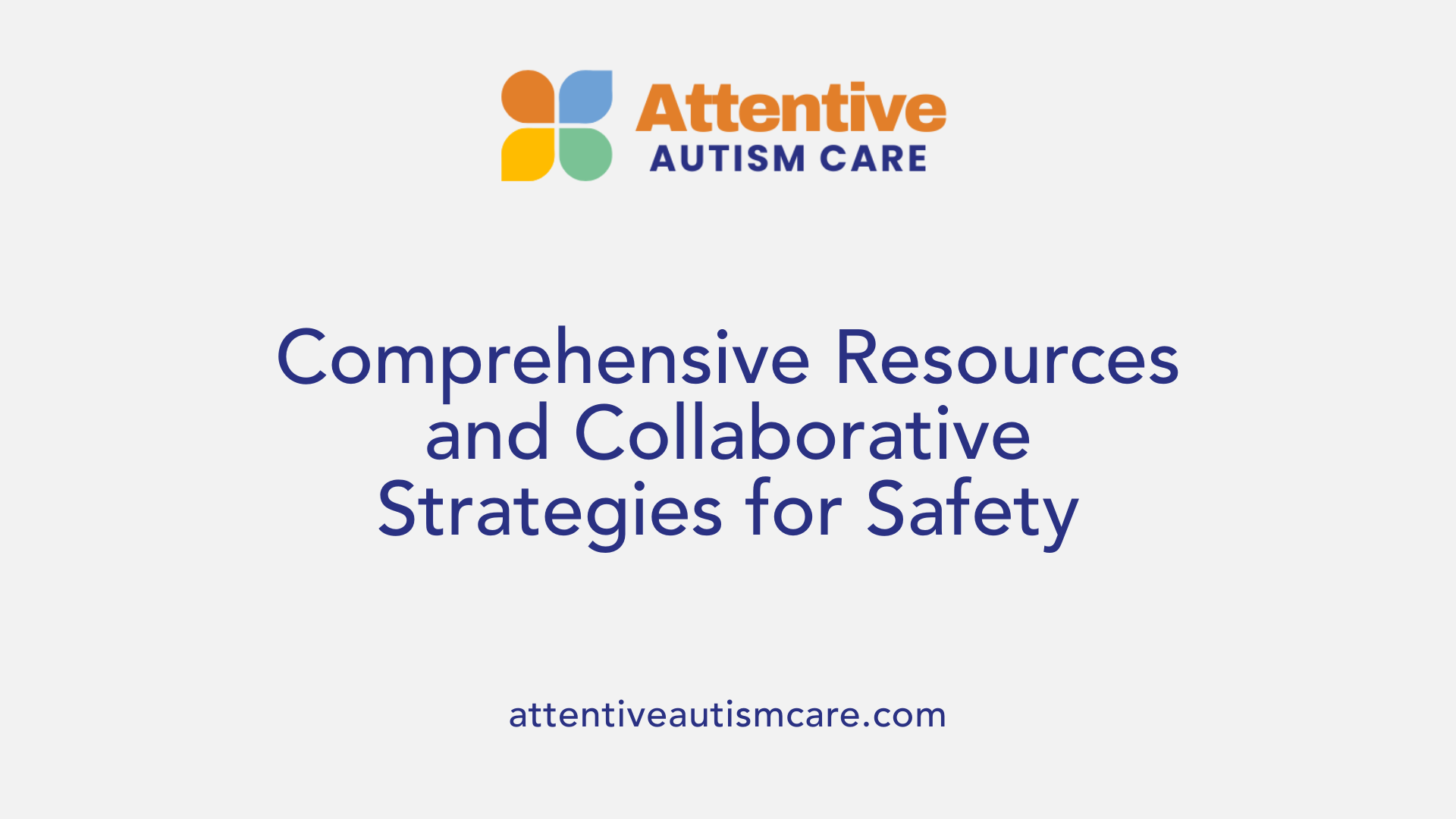 Teaching safety skills to children with autism requires a comprehensive approach that combines various resources and methods tailored to each child's needs. Several community programs and safety kits provide foundational tools to facilitate engaging and effective safety education. These resources often include social stories, visual supports, worksheets, and interactive activities designed to teach essential safety concepts such as crossing streets, recognizing safe adults, or responding appropriately in emergencies.
Teaching safety skills to children with autism requires a comprehensive approach that combines various resources and methods tailored to each child's needs. Several community programs and safety kits provide foundational tools to facilitate engaging and effective safety education. These resources often include social stories, visual supports, worksheets, and interactive activities designed to teach essential safety concepts such as crossing streets, recognizing safe adults, or responding appropriately in emergencies.
Behavioral Skills Training (BST) and In Situ Training (IST) are standout evidence-based techniques proven to be effective. BST involves four structured steps: providing clear instructions, modeling the safety skill, rehearsing the behavior through role-play, and offering feedback to reinforce correct responses. IST adds the element of practicing these skills in natural settings, ensuring that children can generalize learned behaviors across environments.
Personalized safety plans are crucial, encouraging collaboration between families, educators, and community members. Mothers, fathers, teachers, and first responders should work together to create tailored safety protocols that suit each child's developmental level. Communication tools like visual cue cards, picture schedules, and social stories help children understand safety routines. For children who may not fully communicate verbally, these aids are invaluable in conveying safety information.
Technology also plays a vital role in safety management. Devices such as GPS trackers, GPS-enabled alert bracelets, and smartphone apps like Angel Sense or similar systems assist caregivers in monitoring wandering behavior and locating children quickly if they go missing. Family safety kits that include ID cards, emergency contact information, and sensory-friendly signals prepare children and caregivers for unexpected situations.
Organizations like Autism Speaks and other advocacy groups provide extensive resources, including safety toolkits, printable social stories, and online training modules. These materials are designed to be adaptable, supporting diverse communication and cognitive needs. Additionally, programs such as Project Lifesaver help track individuals prone to wandering, significantly reducing risk.
By integrating community resources, personalized plans, technological aids, and active training methods, families and educators can foster an environment where children with autism learn vital safety skills. Continuous data collection and assessment ensure that interventions are effective, enabling necessary adjustments over time. This collaborative, multi-faceted approach aims to enhance the independence and security of children with autism across all settings.
Building a Safer Future for Children on the Spectrum
Teaching safety skills to children with autism is a vital step toward empowering them with the independence, confidence, and self-protection strategies necessary for a safe and fulfilling life. By employing evidence-based methods like Behavioral Skills Training and in situ practice, utilizing visual supports and social stories, and fostering collaboration among families, educators, and community resources, caregivers can create a comprehensive safety education plan tailored to each child's needs. Regular assessment, environmental modifications, and involving children in emergency preparedness further enhance safety outcomes. As awareness grows and resources expand, the collective effort to teach safety ensures that children with autism are better equipped to navigate their world safely and confidently, paving the way for a safer future.
References
- Teaching Safety Skills to Adolescents
- Teaching Children with Autism About Safety - May Institute
- Autism and safety
- Teaching Safety to a Child with Autism - Golden Care Therapy
- Teaching Safety Skills to Students with Disabilities - TeachTown
- Teaching Safety Skills to Children: A Discussion of Critical Features ...
- Teaching Safety Skills for Autism | Keeping Kids with Autism Safe
- Strategies For Enhancing Safety For Autistic Children
- Webinar: Teaching Safety Skills to Individuals with Autism - Rethink
- Tips for Teaching Safety Awareness to Children with Autism



